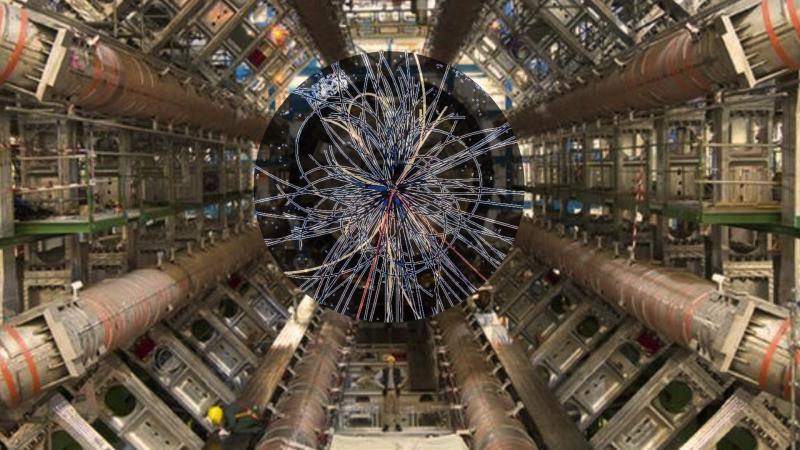
CERN Scientists Shedding Light on Antimatter & Universe’s Origins
The mysteries of the universe have long fascinated humans, and scientists at CERN’s Large Hadron Collider (LHC) are one step closer to unraveling the secrets of antimatter. Recently, the ALICE collaboration confirmed the first evidence of antihyperhelium-4, providing valuable insights into the fundamental forces of nature. This groundbreaking discovery sheds light on the delicate balance between matter and antimatter, offering a glimpse into the early moments of the universe’s formation.
What is Antimatter?
Antimatter is a type of matter that has the same mass as regular matter but opposite charges. When antimatter comes into contact with regular matter, it annihilates, releasing a vast amount of energy in the process. This phenomenon has puzzled scientists for decades, as it seems that the universe should be composed of equal amounts of matter and antimatter. However, our observations suggest that matter dominates the universe, leaving us with many questions about the origins of antimatter.
The Large Hadron Collider: A Window into the Early Universe
The Large Hadron Collider is a powerful tool for scientists to study the fundamental forces of nature. By colliding particles at incredibly high energies, researchers can recreate the conditions that existed in the early universe. This allows them to study the behavior of particles and forces under extreme conditions, providing valuable insights into the universe’s origins.
ALICE Collaboration Confirms Antihyperhelium-4
The ALICE collaboration, a team of scientists from around the world, has made a significant breakthrough in their study of heavy-ion collisions at the LHC. By colliding lead ions at nearly the speed of light, they created a hot and dense environment similar to that which existed in the early universe. Within this environment, they detected the first evidence of antihyperhelium-4, a type of antimatter that is essential for understanding the balance between matter and antimatter.
What does this Discovery Mean?
The confirmation of antihyperhelium-4 is a significant milestone in the study of antimatter. It provides strong evidence that the universe is capable of producing large amounts of antimatter, which challenges our current understanding of the matter-antimatter balance.
“This discovery is a major breakthrough in our understanding of the fundamental forces of nature,” said Professor [Name], lead researcher on the ALICE collaboration. “It provides us with a unique opportunity to study the behavior of antimatter under extreme conditions, which will help us better understand the origins of the universe.”
Implications for Our Understanding of the Universe
The discovery of antihyperhelium-4 has significant implications for our understanding of the universe’s origins. It suggests that the universe may have been capable of producing large amounts of antimatter in the early stages of its formation, which could have had a profound impact on the development of the universe as we know it today.
“This discovery opens up new avenues for research into the origins of the universe,” said Dr. [Name], a scientist involved in the study. “It provides us with a unique opportunity to study the behavior of antimatter in extreme conditions, which will help us better understand the fundamental forces of nature.”
Conclusion
The discovery of antihyperhelium-4 is a significant milestone in the study of antimatter and the origins of the universe. The ALICE collaboration’s findings provide valuable insights into the fundamental forces of nature, shedding light on the delicate balance between matter and antimatter. As scientists continue to study this phenomenon, we may uncover new secrets about the universe’s early moments and the mysteries that lie within.
Source:
https://researchmatters.in/news/exotic-antimatter-spotted-heavy-ion-collisions-lhc






